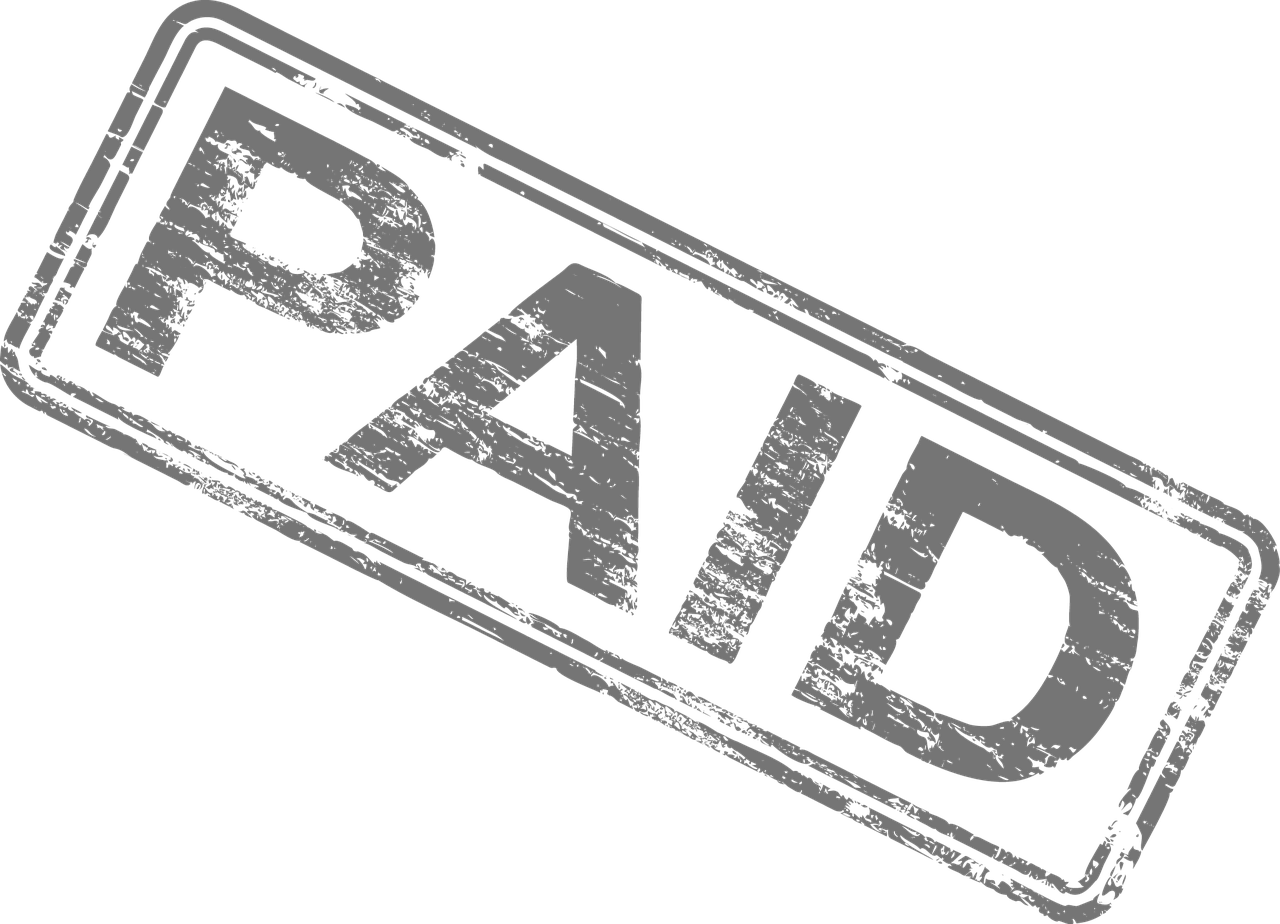Payment chain
In the construction industry, payment can be the source of a great deal of controversy. Not only are the sums involved very large, and the duration of projects very long, but the total amount payable tends to change over time. In addition, contractors, subcontractors and suppliers face considerable risk when pricing construction projects, and optimistic pricing or late payments can quickly cause cash flow problems.
As a result, payments are often the source of disputes which can ultimately lead to a breakdown in relationships and even project or business failure.
The supply chain is the interconnected hierarchy of supply contracts necessary to procure a built asset. On large or complex projects, responsibility and performance generally cascades down the supply chain to a plethora of suppliers sometimes unknown to management at the top of the chain.
The payment chain refers to the accounting practices adopted during these long-term and sometimes difficult construction projects to allow payments to filter down through the chain of contracts.
This extended chain can cause cash flow problems as one supplier may struggle to pay the next supplier in the chain until they themselves have been paid. In the past this resulted in 'pay when paid' provisions, that meant those at the bottom of the chain could wait many months before being paid for works they had undertaken.
However, the Housing Grants, Construction and Regeneration Act 1996 included provisions to ensure that payments are made regularly and promptly throughout the supply chain. This includes disallowing pay when paid clauses.
In addition, 'pay when certified' clauses are no longer allowed, and the release of retention cannot be prevented by conditions within another contract. So for example work contractors on a management contract project must have half of their retention released when their part of the works reach practical completion, not when the project as a whole reaches practical completion.
Suppliers have the right to suspend work for non-payment or to suspend part of the works and to claim costs and expenses incurred and extension of time resulting from the suspension.
See also: Down payment chain.
[edit] Related articles on Designing Buildings Wiki
Featured articles and news
RTPI leader to become new CIOB Chief Executive Officer
Dr Victoria Hills MRTPI, FICE to take over after Caroline Gumble’s departure.
Social and affordable housing, a long term plan for delivery
The “Delivering a Decade of Renewal for Social and Affordable Housing” strategy sets out future path.
A change to adoptive architecture
Effects of global weather warming on architectural detailing, material choice and human interaction.
The proposed publicly owned and backed subsidiary of Homes England, to facilitate new homes.
How big is the problem and what can we do to mitigate the effects?
Overheating guidance and tools for building designers
A number of cool guides to help with the heat.
The UK's Modern Industrial Strategy: A 10 year plan
Previous consultation criticism, current key elements and general support with some persisting reservations.
Building Safety Regulator reforms
New roles, new staff and a new fast track service pave the way for a single construction regulator.
Architectural Technologist CPDs and Communications
CIAT CPD… and how you can do it!
Cooling centres and cool spaces
Managing extreme heat in cities by directing the public to places for heat stress relief and water sources.
Winter gardens: A brief history and warm variations
Extending the season with glass in different forms and terms.
Restoring Great Yarmouth's Winter Gardens
Transforming one of the least sustainable constructions imaginable.
Construction Skills Mission Board launch sector drive
Newly formed government and industry collaboration set strategy for recruiting an additional 100,000 construction workers a year.
New Architects Code comes into effect in September 2025
ARB Architects Code of Conduct and Practice available with ongoing consultation regarding guidance.
Welsh Skills Body (Medr) launches ambitious plan
The new skills body brings together funding and regulation of tertiary education and research for the devolved nation.
Paul Gandy FCIOB announced as next CIOB President
Former Tilbury Douglas CEO takes helm.
UK Infrastructure: A 10 Year Strategy. In brief with reactions
With the National Infrastructure and Service Transformation Authority (NISTA).























